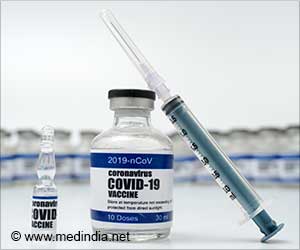
Adhering to physical activity guidelines throughout middle-age yields significant benefits for later-life physical health, even if the exercise routine commences in the mid-50s, as per a data analysis of more than 10,000 Australian women published in the open-access journal PLOS Medicine by Binh Nguyen of the University of Sydney, Australia, and colleagues (1✔ ✔Trusted Source
Physical activity across midlife and health-related quality of life in Australian women: A target trial emulation using a longitudinal cohort
).
The evidence for an association between physical activity and health-related quality of life has been based primarily on cross-sectional studies and short-term randomized controlled trials.
Regular physical activity can reduce the risk of breast cancer in women by up to 20%.
#exercise #women #qualityoflife
’
Few longitudinal studies have measured physical activity at more than one-time point and examined the long-term causal effects of exercise.
In the new study, researchers used data collected at three-year intervals beginning in 1996 from 11,336 participants in the Australian Longitudinal Study on Women’s Health.
Women were born from 1946 through 1951, making them 47 to 52 years old at the study outset. Participants were classified as either meeting WHO physical activity guidelines — of 150 minutes of activity a week — consistently throughout the fifteen-year exposure period, not initially meeting the guidelines but starting to meet them at age 55, 60, or 65, or never meeting the guidelines.
Health-related quality of life was assessed using the physical health composite score (PCS) and mental health composite score (MCS) from the Short Form 36 Health Survey, which includes 36 questions about functional health and well-being.
Exercise for Ageless Vitality!
On average, people who consistently met physical activity guidelines and those who first started to meet guidelines at age 55 had a three-point higher PCS (46.93 [95% CI 46.32 to 47.54] and 46.96 [95% CI 45.53 to 48.40], respectively), compared to those that did not meet physical activity guidelines (43.90 [95% CI 42.79 to 45.01]).
Advertisement
The effect of physical activity on the PSC was significant even after controlling for socioeconomic factors and pre-existing health diagnoses. However, there was no significant association between physical activity and MCS.
“Combined with existing evidence, this study contributes to growing evidence of the benefits of maintaining or adopting an active lifestyle in mid-age,” the authors say.
Advertisement
“An important public health message is that being active for as many years as possible, even if women start to meet physical activity guidelines in their mid-50s, could have important health benefits in terms of physical health, especially in physical functioning.”
The authors add, “Our study shows that it’s important for women to be active throughout mid-age to gain the most benefits for physical health in later life. Ideally, women should increase their activity levels to meet the guidelines by age 55.”
Reference:
- Physical activity across midlife and health-related quality of life in Australian women: A target trial emulation using a longitudinal cohort
– (https://journals.plos.org/plosmedicine/article?id=10.1371/journal.pmed.1004384)
Source-Eurekalert



